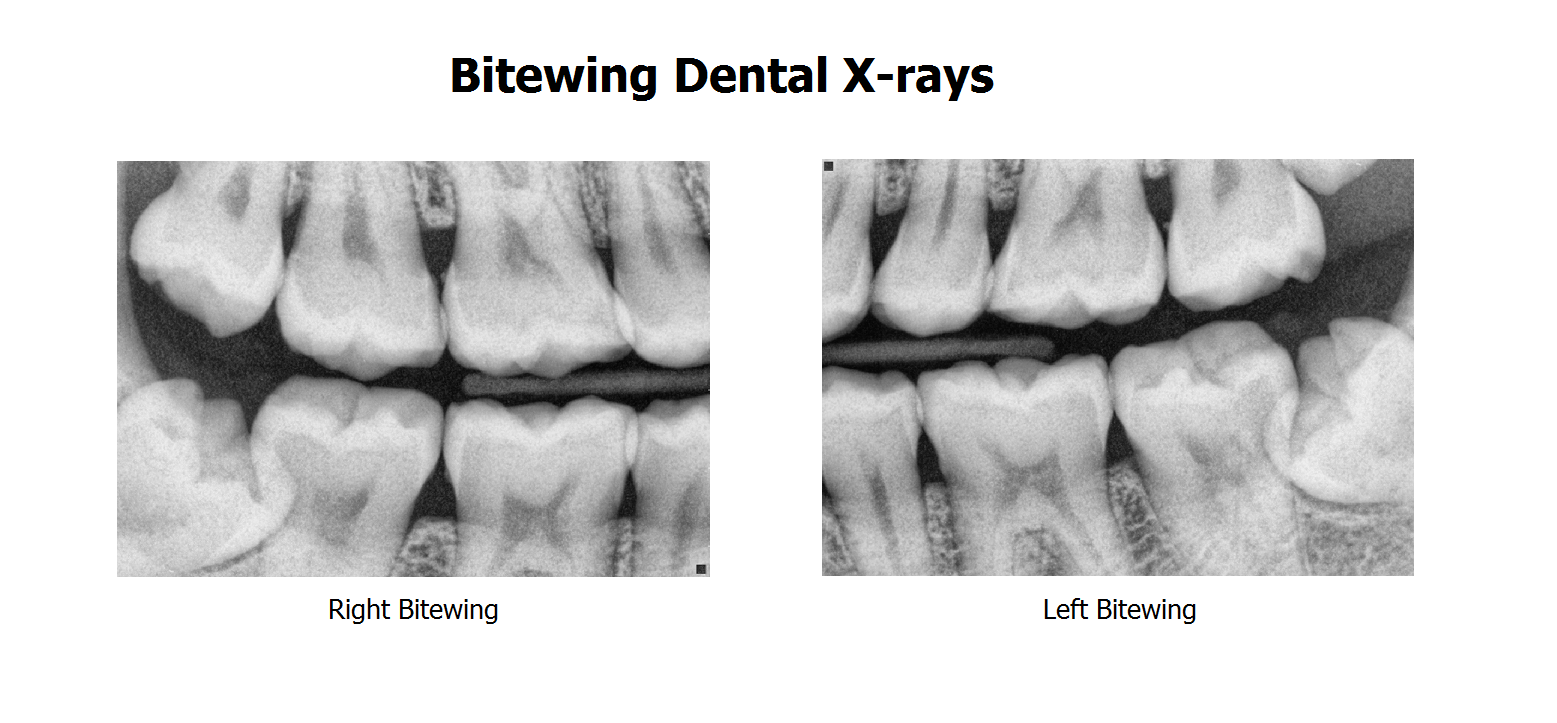Dental x-rays have been a topic of much debate over the past years. The main reason for this debate is: how important are dental x-rays compared to the amount of radiation it exposes people to?
The problem with this question is that there is no universal answer. The frequency of which one needs dental x-rays taken depends on many factors; how much dental work you’ve done in the past, current hygiene, any signs or symptoms of dental decays or gum disease, and even age can play a role. The bottom line answer is: the decision to take an x-ray always has to be patient-specific and risk-based.
Another issue is that most patients are uneducated about the benefits and the amount of radiation from dental x-rays.
Benefits of dental x-rays
Dentists use dental x-rays to diagnose issues that can be difficult, if not impossible, to see simply by looking. These x-rays can help diagnose:
- Loss of bone due to gum disease
- Decay
- Infections in the tooth root or between the teeth and gums, also known as abscesses
- Root canal changes
- Tumors
If your dentist didn’t use x-rays, these issues can often go unnoticed, which contributes to more issues further in the future, some quite serious. However, with the use of dental x-rays, your dentist can better prepare for procedures like dentures, dental implants, braces and other treatment options.
Amount of radiation in a dental x-ray
X-rays performed by a dentist are some of the lowest doses of radiation. Four bitewings, which is the number included in most routine exams, is around 0.005 mSv. This amount is less than the natural background radiation from one day. A short airplane flight of around one to two hours emits similar doses of radiation. If patients are suffering no issues, The American Dental Association recommends seeking dental x-rays every couple of years. The potential risk is lowered by proper shielding, which is routine. 
BitewingsAnother factor to take into consideration is the improvement of x-ray machines (digital x-rays provide nearly 80% less radiation than a standard x-ray) and protective equipment which has gotten a lot better. For example, here are Chicago Beautiful Smiles, we offer protective equipment for the chest and thyroid when taking an x-ray. You can read more about our state-of-the-art equipment here.
All things taken into consideration, the benefits of dental x-rays far outweigh the potential complications. Again, that does not mean a x-ray should be taken every time you go for an exam but when the doctor sees the necessity of it.

